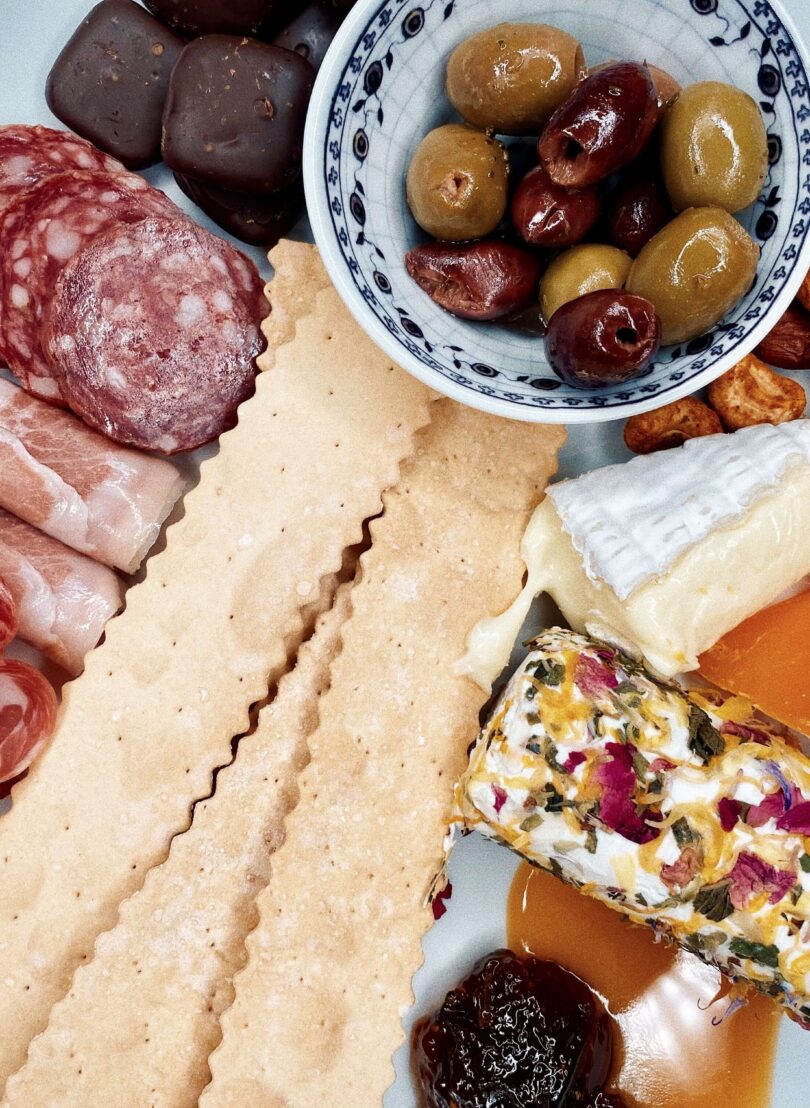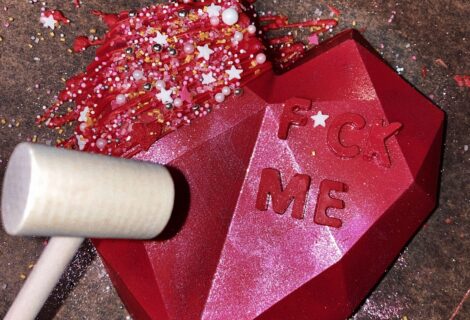There may be a methodical way to buy and design charcuterie boards. But for us, it’s just an experience with meat and cheese. Charcoochierie is our take on (/ ,char-coochie-rie/) traditional charcuterie board making.
We created the charcoochierie guide to help you confidently buy ingredients for your next kickback, game night, or special occasion. We’ve added items inspired by our best friend Schax who introduced us to making charcuterie boards at home. Also, “charcoochie board” is her term.
Meat
“The works.”
And the focal point of the board. It’s where you can get fancy by folding meats to design flowers and meat rollups (like fruit rollups). They’re easier to bite this way. Our charcoochierie board was made with a variety of salami and prosciutto.
Cheese
Warning. It stank!
You’ve been warned, but be open-minded. It is charcoochierie. Choose two to three cheeses for your board. Try to use a combination of milk (cow, goat) and textures (soft, crumbly, ooey-gooey). For this board, we went with Brie, Buchette, and Stilton (Blue).
Produce
Fruits or vegetables.
Fruits add vibrant color. They are a natural sweetener, and everybody likes a lil’ pineapple, a lil’ strawberry. I chose a pitted olive mix for this board. The olives were bathed in water, red wine vinegar, sea salt, sunflower oil, and spices.
Crunch
Get jazzy on ’em.
Once you’ve completed the first three steps, it’s time to add crackers, mixed nuts, and chocolate. A good nut mix includes almonds, cashews, and walnuts. Small chocolate bites with graham crackers inside are a vibe too.
Dip
Came through dippin’.
Dips add spontaneity to your charcoochierie board. It’s the final touch. The sweetness of honey and jam mixed with the saltiness and savory between the meats and cheeses. I went bold and chose a jalapeño jam and manuka honey.


